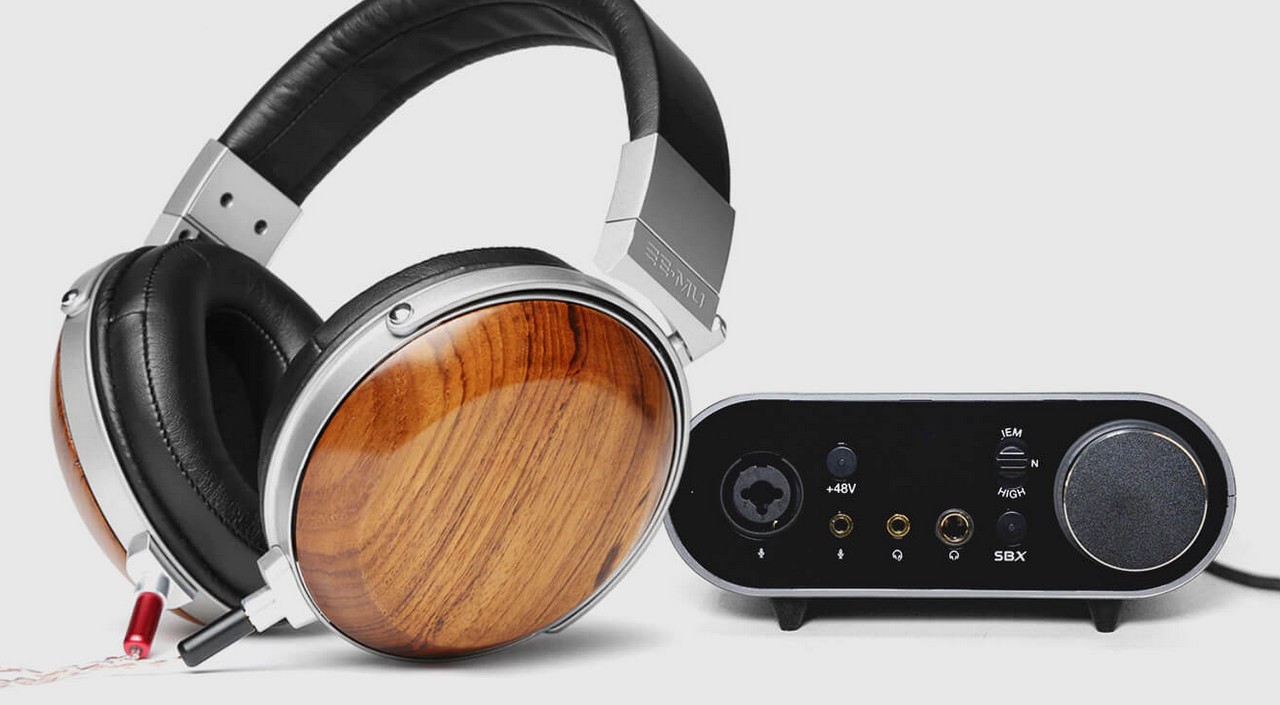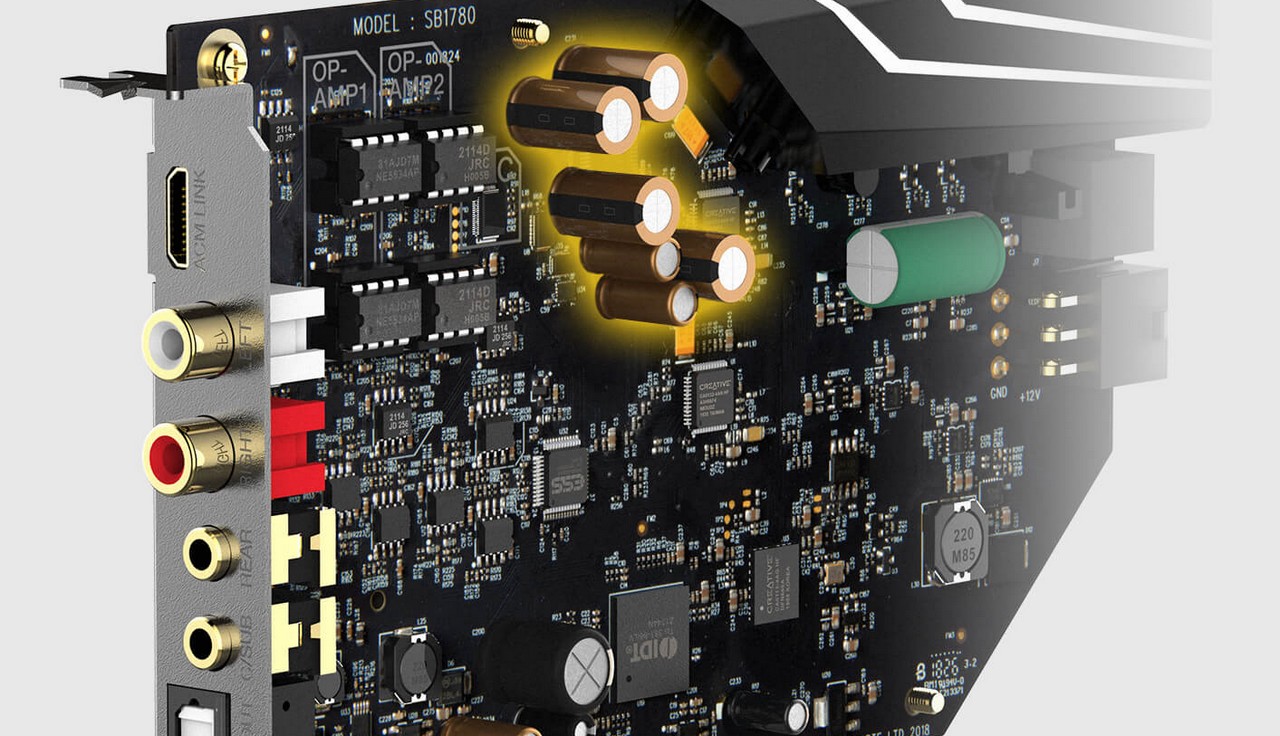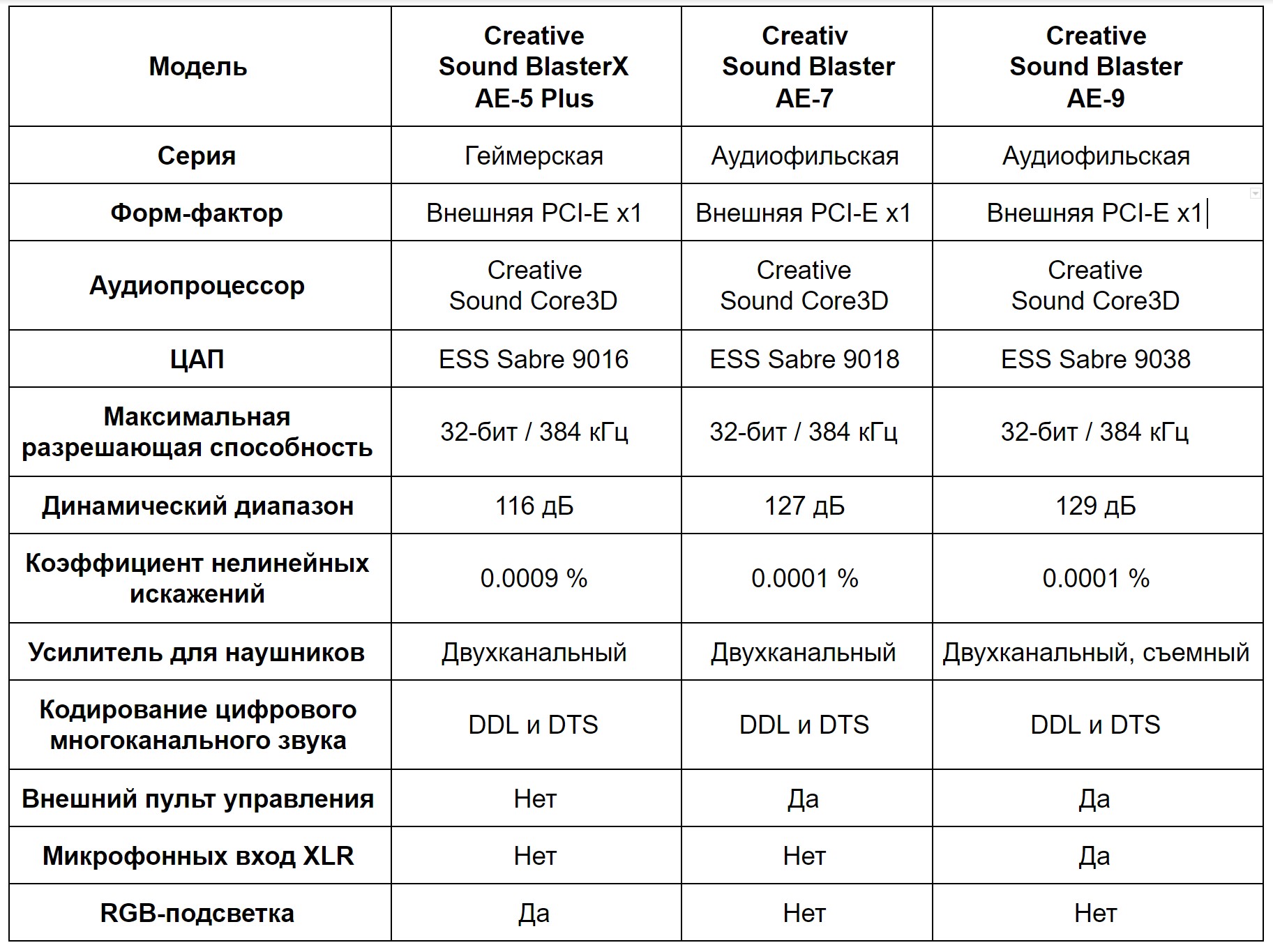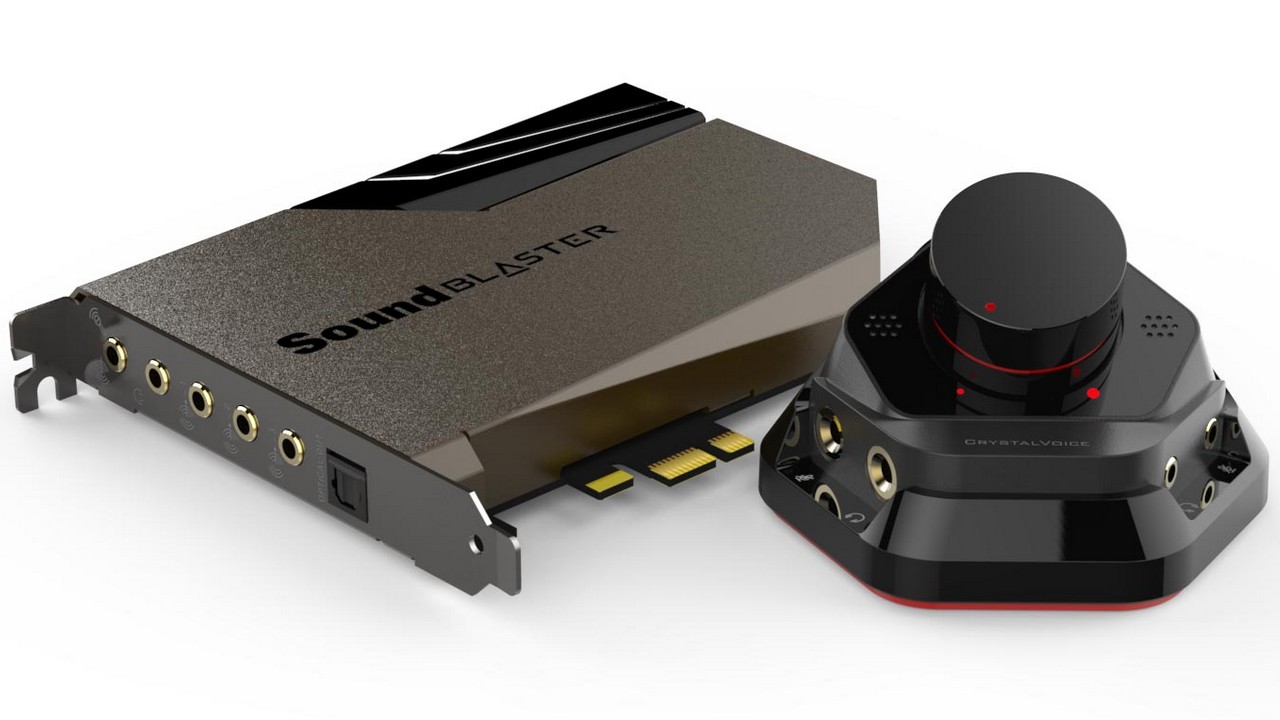What is the difference between a gaming and audiophile PC sound card?

Design differences
Integrated or discrete. The first fundamental criterion for the classification of sound cards is their division into integrated into the motherboard and discrete as a separate device. Integrated ones are the simplest audio chips that simultaneously perform the tasks of an audio processor, a digital-to-analogue converter and a low-power amplifier (only supports low-cost headphones with an impedance of up to 150 ohms). Discrete solutions, on the other hand, have a more complex multi-stage design, where each sound processing stage optimally performs its personal task. Due to this, discs compare favorably with the quality of both music playback and sound recording.
External or internal. Sound cards with a USB connection are more versatile, because they can work with both a desktop PC and a laptop. But the limitation on the power supply via the USB bus (amplification for headphones up to 300 ohms), as well as the stability of the power supply via the USB port (varies greatly depending on the model of the motherboard), in most cases make the external sound system worse than the internal one, which works on a much more stable in terms of powering the PCI-Express bus.
 |
Audio processor and DAC. The key elements of a sound card are an audio processor and a digital-to-analogue converter. The first can be lyrically called the "brain" of the sound system, and the second — the "soul". The cost of an audio processor and DAC for different sound cards varies from a few dollars to several hundred dollars. But the sound quality at the same time may differ not at times, but only by a few tens of percent. It is important to understand that in the case of audio equipment, every percentage increase in sound quality comes at a very large surcharge.
 |
operational amplifiers. If many audio speakers have their own amplifier, then in order to achieve a comfortable headphone volume, especially expensive high-impedance ones (up to 600 ohms), you definitely need a sound card with a good operational amplifier. It can be either integrated into the main audio chip, or as a separate chip soldered on a sound card or even inserted into a slot for quick replacement. A cascade of several microcircuits can also be implemented, separately for each of the stereo channels or sequentially processing the sound one after another.
 |
Audio jacks. The simplest zvukovuhi, such as those integrated into laptops, are equipped with only two (for stereo headphones and a microphone) or even one paired 3.5 mm MiniJack connector. Slightly more functional solutions allow you to connect already 5.1 or 7.1-channel audio systems. Top-end sound cards are usually equipped with RCA connectors for speakers and a 6.3 mm "big" Jack for audiophile headphones. Owners of digital audio receivers definitely need an S / PDIF output for a Toslink fibre optic cable. Models with an eye on sound recording are additionally equipped with an XLR microphone connector, and immediately with an amplifier (phantom power).
Gaming audio card

| Touch | 5 519 ₴ | To Store |
| Smartmag.biz.ua | 5 589 ₴ | To Store |
| Timesport.com.ua | 5 662 ₴ | To Store |
| Ebox24.biz | 5 589 ₴ | To Store |
| Luckylink.kiev.ua | 5 734 ₴ | To Store |
Creative Sound BlasterX AE-5 Plus is an updated version of the basic sound card of the famous Singapore brand. Compared to the previous Creative Sound BlasterX AE-5 Price from 6 210 up to 6 237 ₴, received support for hardware encoding of Dolby Digital Live and Digital Theater System multi-channel digital audio, which is widely used, for example, in computer games. As before, AE-5 Plus is made in the form factor of a single-slot PCI-E 3.0 x1 expansion card.
In addition to being powered by a PCIe connector (25 W), Sound BlasterX AE-5 Plus is connected to the Molex connector of a computer power supply. But it is needed not to power the audio path, but to operate the Aurora Reactive RGB backlight of the card casing and an additional LED strip supplied in the kit. It is with this in mind that Creative has listed the AE-5 Plus as part of its Sound BlasterX gaming line. In addition to the decorative function, the casing also performs shielding of electromagnetic interference.
The audio processor of the BlasterX AE-5 Plus is Creative's own Sound Core3D. And the digital-to-analogue converter from the American company ESS, respected in the audiophile environment, is Saber 9016. This tandem results in solid even by the standards of a music lover, not to mention a gamer, 32-bit and 384 kHz of the maximum resolution of Hi-Res sound reproduction, quite wide dynamic range of 116 dB and at the same time a very low coefficient of non-linear distortion of 0.0009%.
The BlasterX AE-5 Plus interface panel has five analogue 3.5mm audio jacks: headphone, microphone, front speakers, rear and subwoofer. The headphone jack is made with four pins and allows you to connect headsets with a twin plug, the microphone will also work in this case. The sixth connector is digital S/PDIF. As a result, the Creative Sound BlasterX AE-5 Plus is a top-end internal sound card by gaming standards and sound by audiophile standards. If you definitely need an external sound system with approximately the same functionality and sound quality, take a closer look at Creative Sound BlasterX G6 Price from 5 259 up to 7 415 ₴.
Music lover audio card

| Ebox24.biz | 18 216 ₴ | To Store |
| click24.biz | 18 295 ₴ | To Store |
| Ebox24.biz | 24 385 ₴ | To Store |
Creative Sound Blaster AE-9 is the flagship sound card both in the lineup of the Singaporean brand and in the market as a whole. It is built on a combination of a proprietary Creative Sound Core3D audio processor and a top-end digital-to-analogue converter ESS Saber 9038 with a dynamic range of as much as 129 dB and a non-linear distortion factor of only 0.0001%.
Sound Blaster AE-9 supports DDL and DTS multi-channel digital audio encoding, as well as analogue Hi-Res audio at 32-bit, 384 kHz resolution. The interface panel of the sound card provides RCA audio outputs for stereo speakers and S/PDIF for a digital receiver. But to be honest, it's a sin to spoil such a good sound as the Sound Blaster AE-9 with an average receiver.
The op-amp ICs of the Sound Blaster AE-9 are made detachable. The default amps are JRC2114D. In addition to them, Creative claims compatibility with MUSE, NJM, OPA and LME chips. The amps perform especially well when high-impedance headphones are connected to the 6.3 mm jack on the external control panel of the sound card. Of course, it is also possible to connect more common headphones and headsets with a 3.5 mm plug.
Also on the external remote control of the Sound Blaster AE-9 there was a convenient large volume knob with 0.5 dB steps and an XLR microphone connector with phantom power (+48 volts, at the input of which there are Japanese Nichicon Fine Gold capacitors). All in all, Creative Sound Blaster AE-9 is a great-sounding and very functional audio adapter that will be appreciated by both avid music lovers and those involved in professional sound recording. But if you definitely don't need the latter, you can save money by choosing the Creative Sound Blaster AE-9 PE without microphone inputs.
 |
| Mid-price model Creative Sound Blaster AE-7 |
findings
But what to choose if you have not yet clearly decided who you are — a gamer or a music lover? In this case, the golden mean in terms of price, functionality and sound quality will be Creative Sound Blaster AE-7 Price from 8 396 up to 10 902 ₴. It is built on the ESS 9018 DAC (127 dB, 0.0001%) and has a relatively simple external control panel — without an XLR input, but with a built-in pair of noise-canceling microphones for communication in voice chats and multiplayer games. Finally, we note that you can hear the difference between a low-cost and top-end sound card only in really good headphones, the cost is commensurate with a sound card.


























